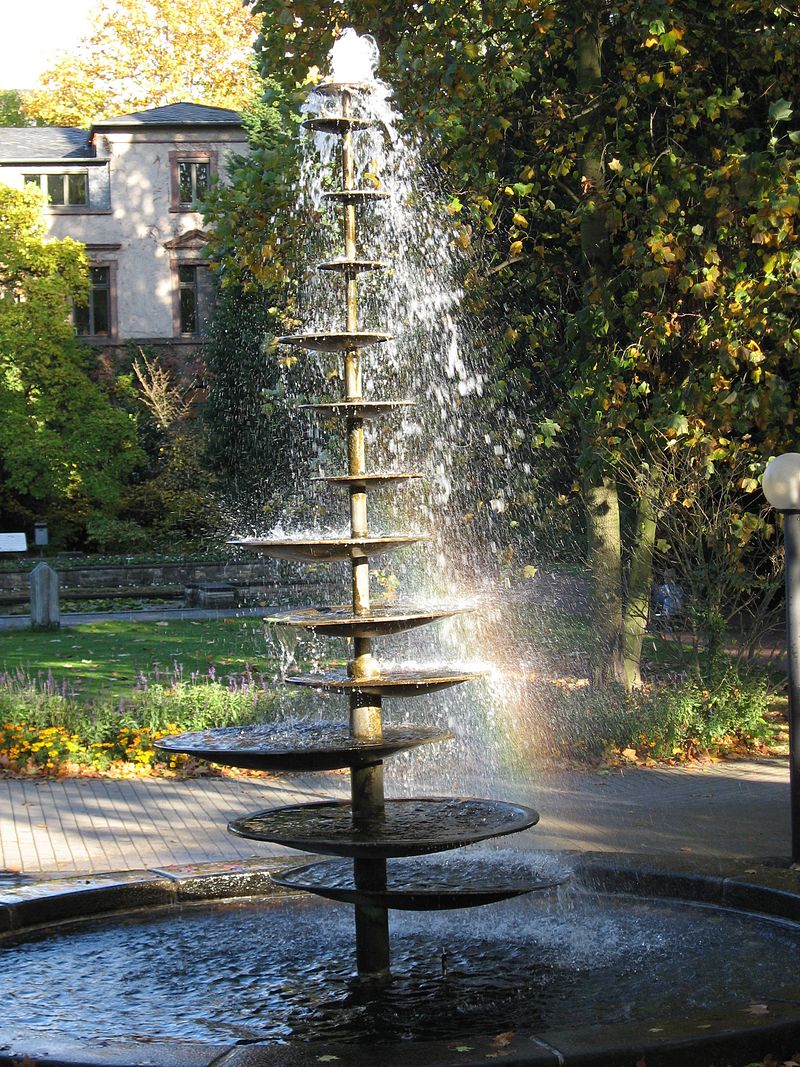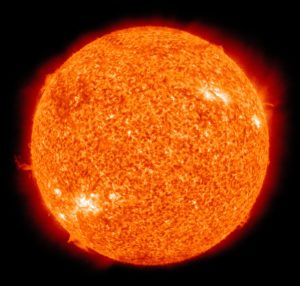What is water?
Water is a chemical with the formula H2O, es besteht aus den Elementen Sauerstoff(O) und Wasserstoff(H). Es macht rund 71% der Oberfläche der Erde in Form von Ozeanen und Meeren aus. Davon sind 97% Salzwasser, und nur rund 3% Süßwasser. Es ist die Grundlage alles Lebens und in ihm soll auch das erste mehrzellige Leben begonnen haben[1].
What are the properties of the water?
Water is the only substance that occurs in appreciable quantities in all three aggregate states, solid, liquid and gaseous. Colloquially, the solid variant is called ice, the liquid variant water and the gaseous variant water vapor. As a liquid, it has usually dissolved salts, gases and organic substances. Due to the different electronegativity of the elements themselves, a partial charge arises in the molecule, i. the components of water, oxygen and hydrogen are partially charged. Thus, the oxygen is partially negative, and the hydrogen is partially positively charged.However, these are not direct charges, but only side effects of the position of the electrons. For this reason, hydrogen molecules can form under the water molecules by the differently charged particles associate with each other. This property is also due to the density anomaly of the water. If a substance is heated, it expands, but not with the water, here it is exactly the opposite. Bismuth, silicon and certain alloys share this property with the water. This anomaly is also the reason why ice floats on water, although it should go down. In addition, water has a very high boiling point of 100 ° C for its low molar mass. Similar substances such as hydrogen sulfide (SH2) or
hydrogen selenide (SeH2) have boiling points of -61 to -41 ° C. Water is also very permeable to light, which allows the life of plants and algae under the water, in seas and the like. However, water absorbs certain wavelengths of light, e.g. the Red. As a result, the red light from a few meters depth no longer penetrates through the water, but blue already. This creates the blue color of the water. It also absorbs UV rays, so good that even after a few centimeters, everything is absorbed by UV rays. It acts amphoteric, i. It is equally acid and base, and is a good polar solvent. It has a pH of 7 but may be reduced by e.g. Carbon dioxide-containing air can be adjusted to a pH of 4.5 to 5.5. Normal tap water has dissolved certain amounts of sodium, potassium, calcium, magnesium, as well as strontium and barium, which are important to health but are also interfering with other applications. Water has the highest specific heat capacity at room temperature, i. Water can save a lot of energy. Likewise, it has the highest surface tension after mercury,
so that, for example, paper clips and even coins can lie on the water without going under. For the same reason, water runners can slide on the water[2].
Why is water the basic building block of all life?
Several million years ago, when the earth was still very hot, consisting primarily of volcanoes, and the atmosphere of toxic hydrogen sulfide, cyanobacteria are thought to be made up of organic matter and the hydrogen sulphide of water. So the atmosphere was gradually purified, and water created. In this water everything began with multicellular life. We humans are 70% water, and a lack of it leads to serious consequences. Excessive intake of water, however, also leads to serious consequences. Around two-thirds of the world's population - around 4 billion people - do not have enough water at least once a month. 1.8 to 2.9 billion suffer from severe water shortages for 4 to 6 months, and around 0.5 billion people year-round.
What are the consequences of too little or too much water?
Ingestion of too little water is called dehydration, and ingestion of too much water causes hyperhydration. There are three categories:
- Isoton: In this case, the proportion of water and salt content change to equal amounts. Both liquids and important salts are lost. This comes e.g. In case of vomiting.
- Hyperton: This loses more water than salt, which results in a higher salt concentration, and thereby dehydration begins. This happens during sweating, hard work or fever without adequate hydration.
- Hypotonic: In this case, you lose more salt than water, which body fluids, such as the blood, the sufficient amount of ions is missing, so important functions that work on the ion exchange no longer run properly or even suspended.

Abb. 1 Wasser als Stilmittel in der Architektur
What is water used for except for drinking?
Water is used everywhere. Whether in food technology, energy production, science, the construction industry, architecture, art, etc. It is used in almost all areas at least in part. It is used as a starting material as well as all food, serves as a means of energy conversion in e.g. Nuclear power, coal or hydropower plants, it is an important solvent and essential agent in all scientific fields, it is used as a solvent in construction with concrete or for cleaning, it is used as a decorative element, and is a symbol of life in many paintings and religious works of art.
What does whater do in cosmetics ?
In der Kosmetik dient Wasser als Lösemittel, und wird zur hautverträglichen Verdünnung von Tensiden und anderen Wirk- und Hilfsstoffen genutzt. Es dient zudem als Feuchtigkeitsspender für die Haut, sofern es richtig angewendet wird[6].
Sources:
Wikipedia[1][2][3][4][5]
Artikel zu Wasser in Kosmetik[6]





